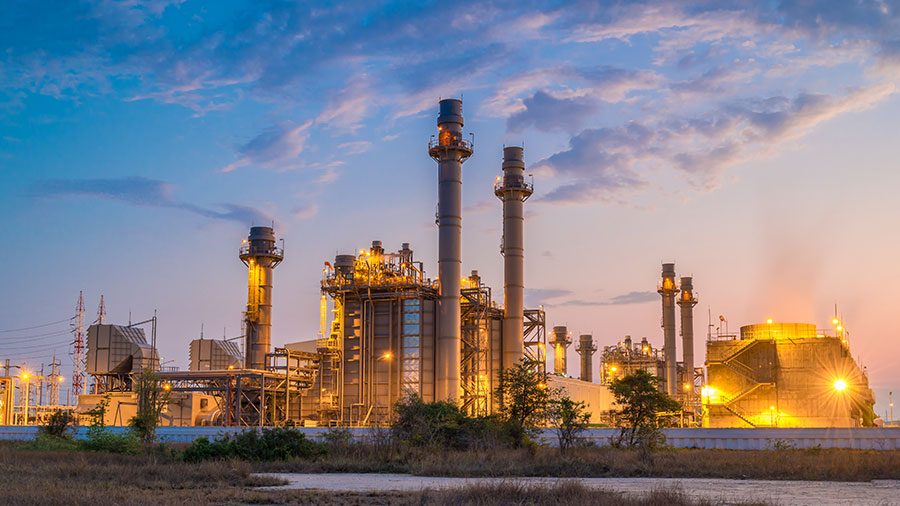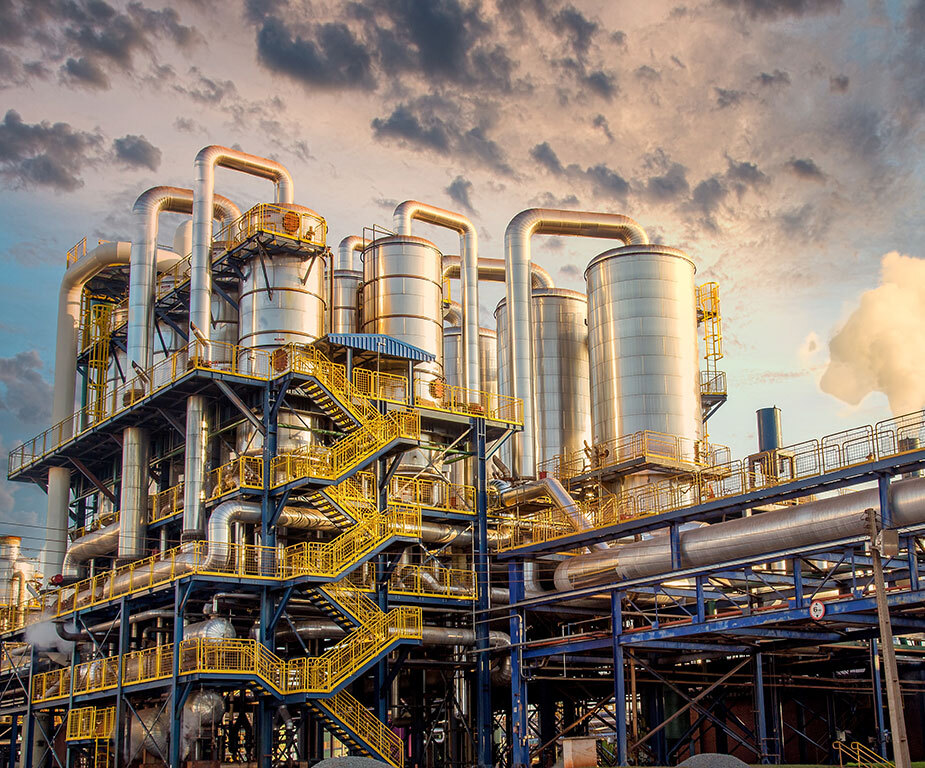Industrial Hygiene
As stated by OSHA 3143, Industrial hygiene is the science of anticipating, recognizing, evaluating, and controlling workplace conditions that may cause workers’ injury or illness. Industrial hygienists use environmental monitoring and analytical methods to detect the extent of worker exposure and employ engineering, work practice controls, and other methods to control potential health hazards.
The U.S. federal and state agencies began investigating health conditions in industry. In 1908, the public’s awareness of occupationally related diseases stimulated the passage of compensation acts for certain civil employees. States passed the first workers’ compensation laws in 1911. And in 1913, the New York Department of Labor and the Ohio Department of Health established the first state industrial hygiene programs. All states enacted such legislation by 1948. In most states, there is some compensation coverage for workers contracting occupational diseases.
The U.S. Congress has passed three landmark pieces of legislation relating to safeguarding workers’ health: (1) the Metal and Nonmetallic Mines Safety Act of 1966, (2) the Federal Coal Mine Safety and Health Act of 1969, and (3) the Occupational Safety and Health Act of 1970 (Act). Today, nearly every employer is required to implement the elements of an industrial hygiene and safety, occupational health, or hazard communication program and to be responsive to the Occupational Safety and Health Administration (OSHA) and the Act and its regulations.




